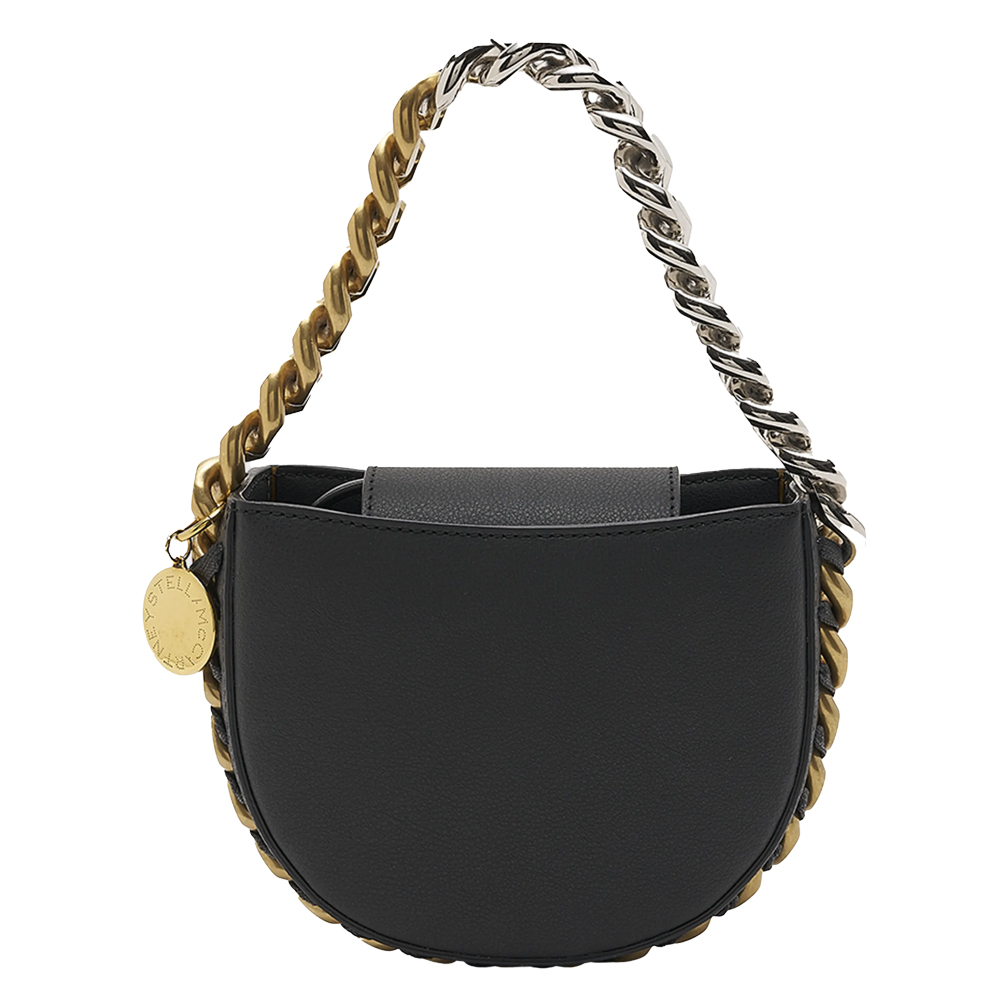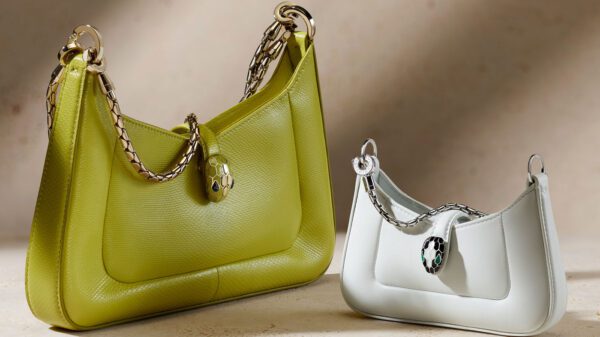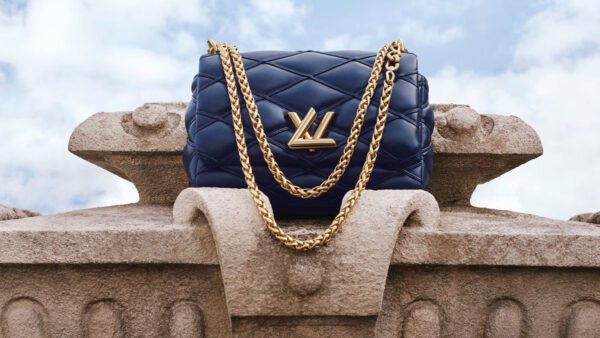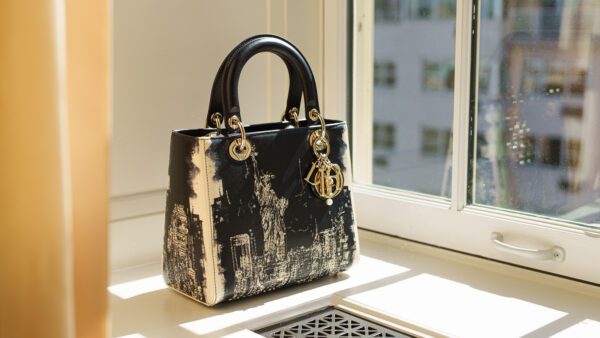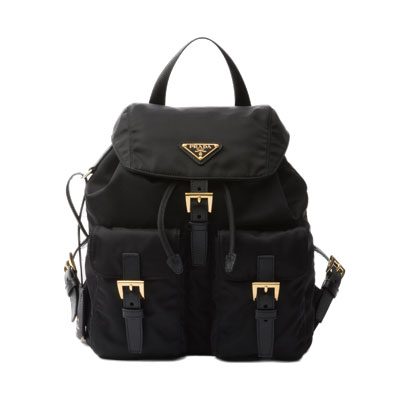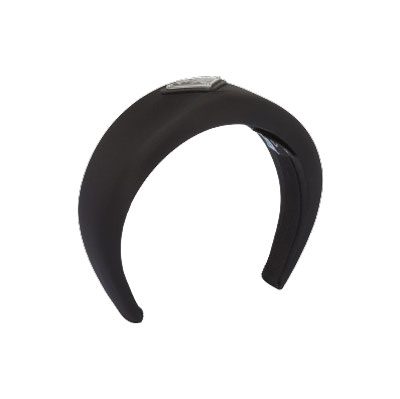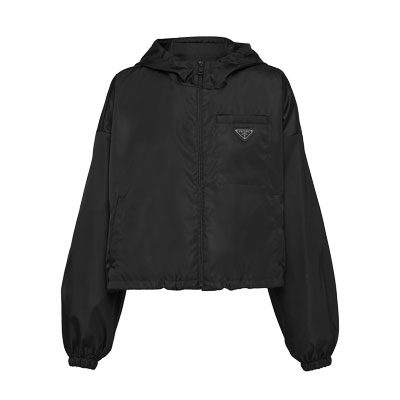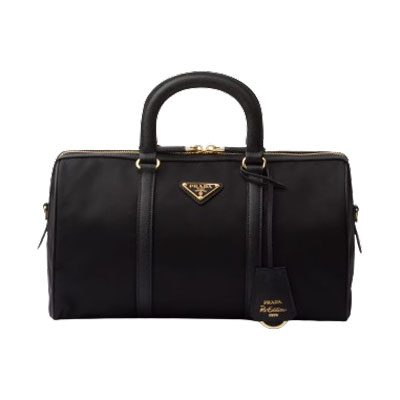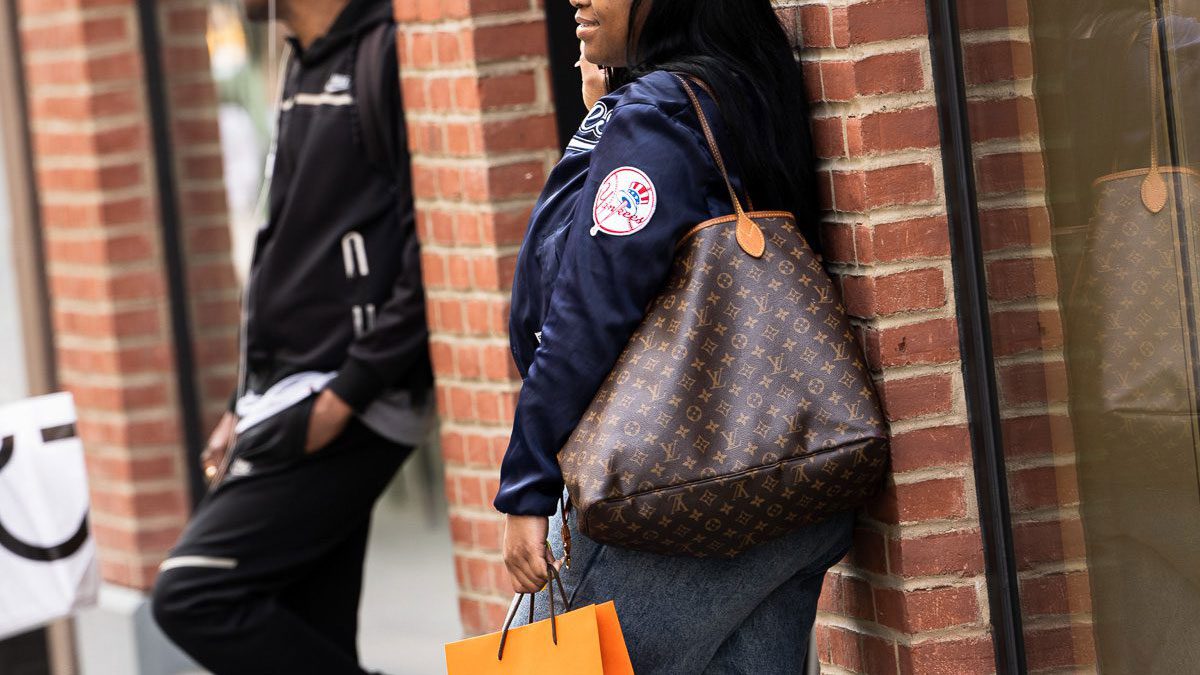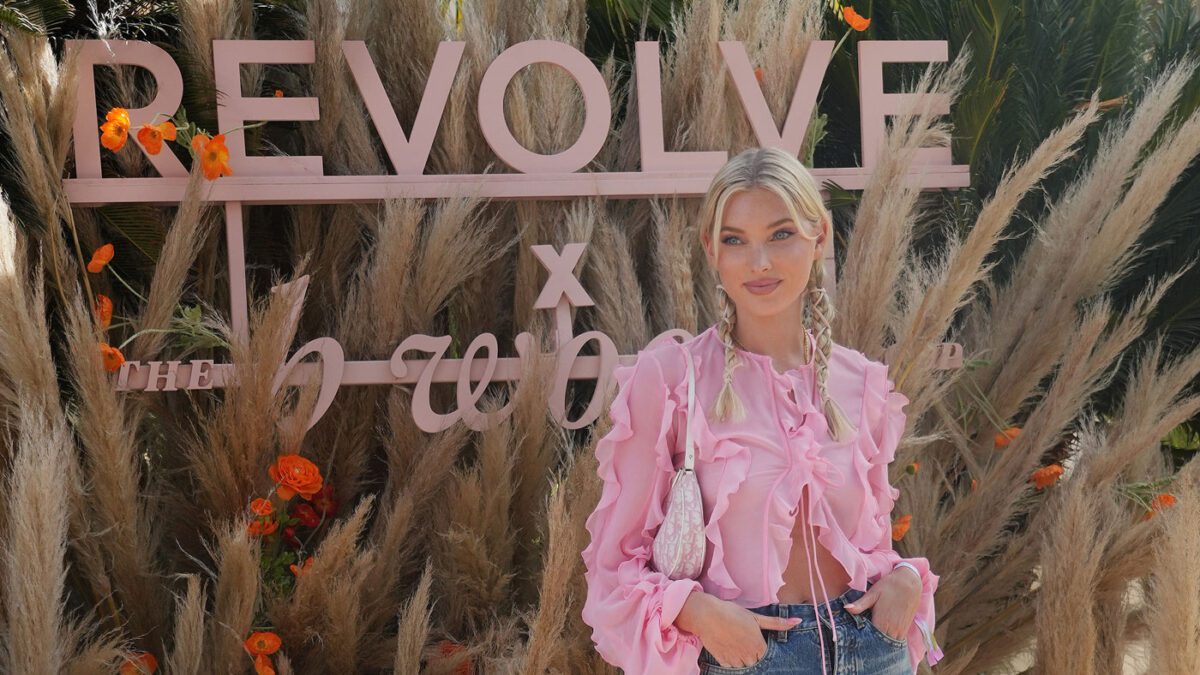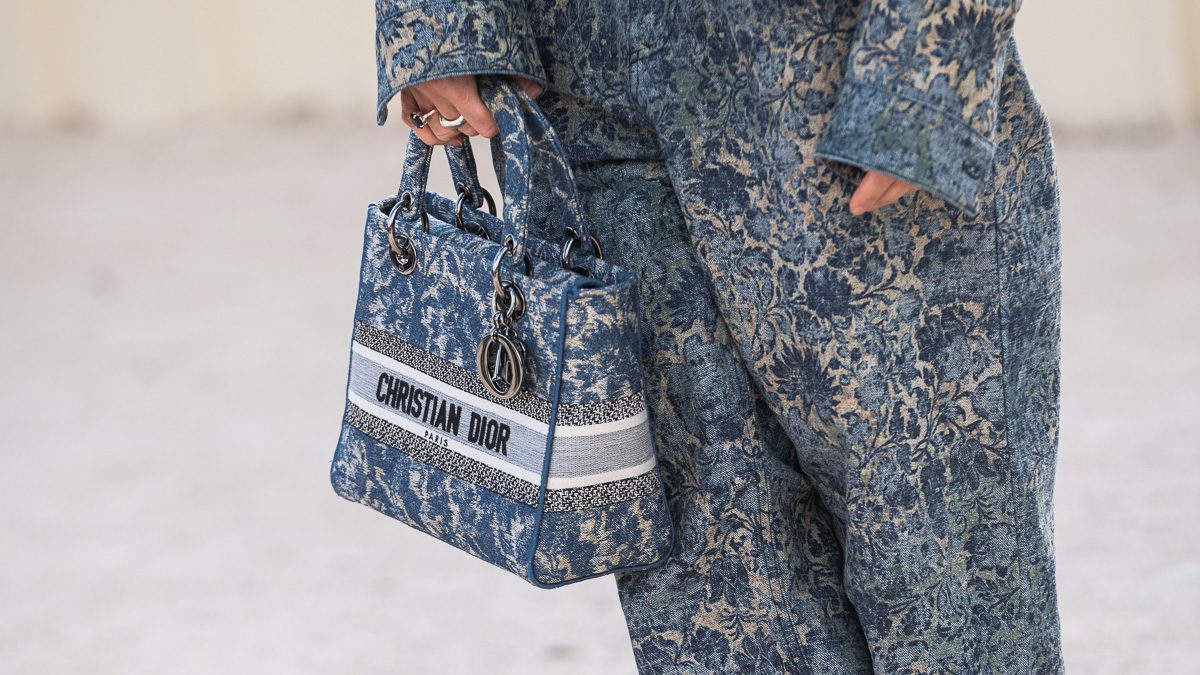Earlier this year, when the singular madame Cate Blanchett appeared wildly flailing her arms in the highly entertaining music video of the Sparks hit single, The Girl is Crying in Her Latte (a title that, admittedly, hits dangerously close to home), sustainably-minded fashionistas all over rejoiced.
Her outfit? A startling canary-yellow Stella McCartney two-piece suit that Blanchett was first spotted wearing at a press conference for Ocean’s 8, and subsequently, at the Sparks tour in Glastonbury, UK. There was a celebrity-brand pairing that went beyond the usual rut of creative conundrums, bolstering the narrative that sustainability is, at the end of the day, at the discretion of the wearer.
Of course, it’s all very well as far as ready-to-wear is concerned (clearly, fast fashion is the enemy). But when the question is one of the accessories, the lines get blurred, sides are taken, and violence ensues. All to make a rather simple point: which is superior – leather or vegan leather?
And does vegan leather – if there is truly such a thing as a fully “vegan” leather – possess the ability to command luxury leather prices?
The Annals of Alternative Leathers
Vegan leather, not to be confused with faux leather, polyurethane (PU) leather, or pleather, has long existed in its own category. Championed by brands that extend beyond the usual list of suspects, such as Stella McCartney, Vivienne Westwood, Nanushka, and more, to include more mainstream luxury houses, like Bottega Veneta, Givenchy, and Gucci, recent times have seen a major uptick in the use of the material, driven by the more sustainable trend towards consumption.
The most eco-friendly /vegan variants have been developed from mushrooms, such as MycoWorks’ trademarked creation, Reishi, reportedly said to match the tensile strength, feel, and durability of calfskin — the gold standard for leather.

However, the vast majority of alternative leathers, ranging from Piñatex, derived from pineapple leaves, Desserto® formulated from cactus fibers, and apple and grape-based leathers, are generally composed of between 50-75% PU or polylactic acid-based bonding agents. So, it is not much better than pleather at all.
Of course, aside from the recent breakthroughs in alternative leathers, leather alternatives have been a staple in the luxury realm. Prada’s historic nylon was recently revived as the ecologically conscious Re-Nylon extracted from regenerated ocean plastics. But the classification can be further extended to include monogram canvasses from the likes of Louis Vuitton – one we’re all too familiar with.
Is Customer Perception to Blame?
Then again, at the end of the day, the business of fashion… is still a business. And like it or not, the idea of sustainable leathers, no matter how lucrative it is on paper, isn’t likely to fly if customers aren’t prepared to drop luxury prices on them.
In fact, therein lies the dilemma inherent to sustainable capitalism. Despite the fact that producers like MycoWorks have attested to the viability of the large-scale production of the ostensibly 100% vegan variant of Reishi leather, can brands like Hermès charge top dollar for non-leather handbags?
The buyer response to Stella McCartney’s Mylo Frayme Bag, and Gucci’s Demetra, (both priced above the $3,000 price-ceiling), seems to suggest otherwise, more so in light of the fact that their durability over the longer term remains uncertain.
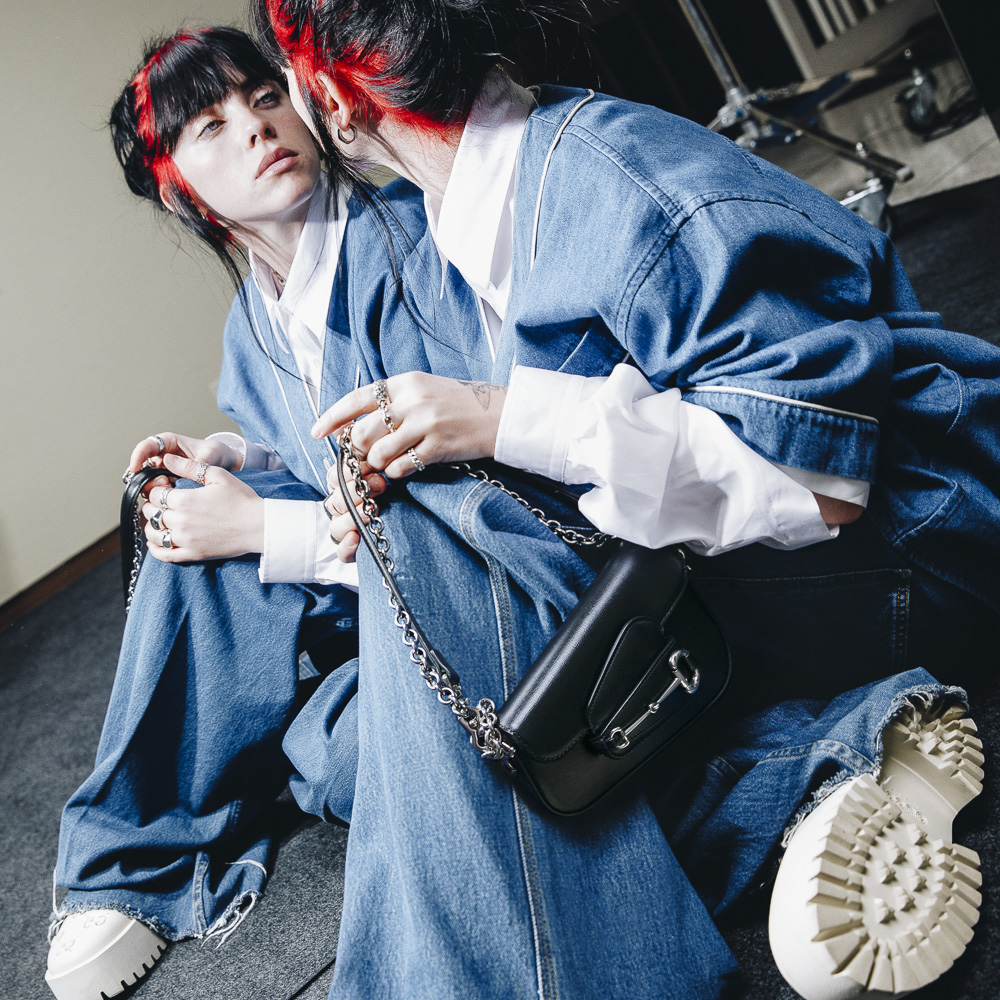
Furthermore, the sel-described vegan brand, Freja New York, conducts a price-analysis that places their true cost of production at a mere $128, with a 2.3x premium for their selling price. What if this premium was five, ten or even twenty times higher?
As humans, we’re hardwired to think what’s expensive is automatically better. But in our efforts to justify exorbitant purchases, we also try to reconcile the price-tag with its constituents. And assuredly, no iteration of vegan leather in the past has managed to do so. So, it’s only fair that brands today are hesitant to take the next step, in fear of devaluing their historically high-status perception, if nothing else.
Nonetheless, in their constant competition to stay in the “now”, it’s also likely that more fashion houses will begin to experiment with sustainable materials, albeit at a much slower pace compared to their contemporary counterparts. And each new development will likely continue to be divisive, until we can all finally agree on one leather that’s truly vegan. Is Reishi that? Only time will tell.
But what we can be sure of is that it will be pricey.

